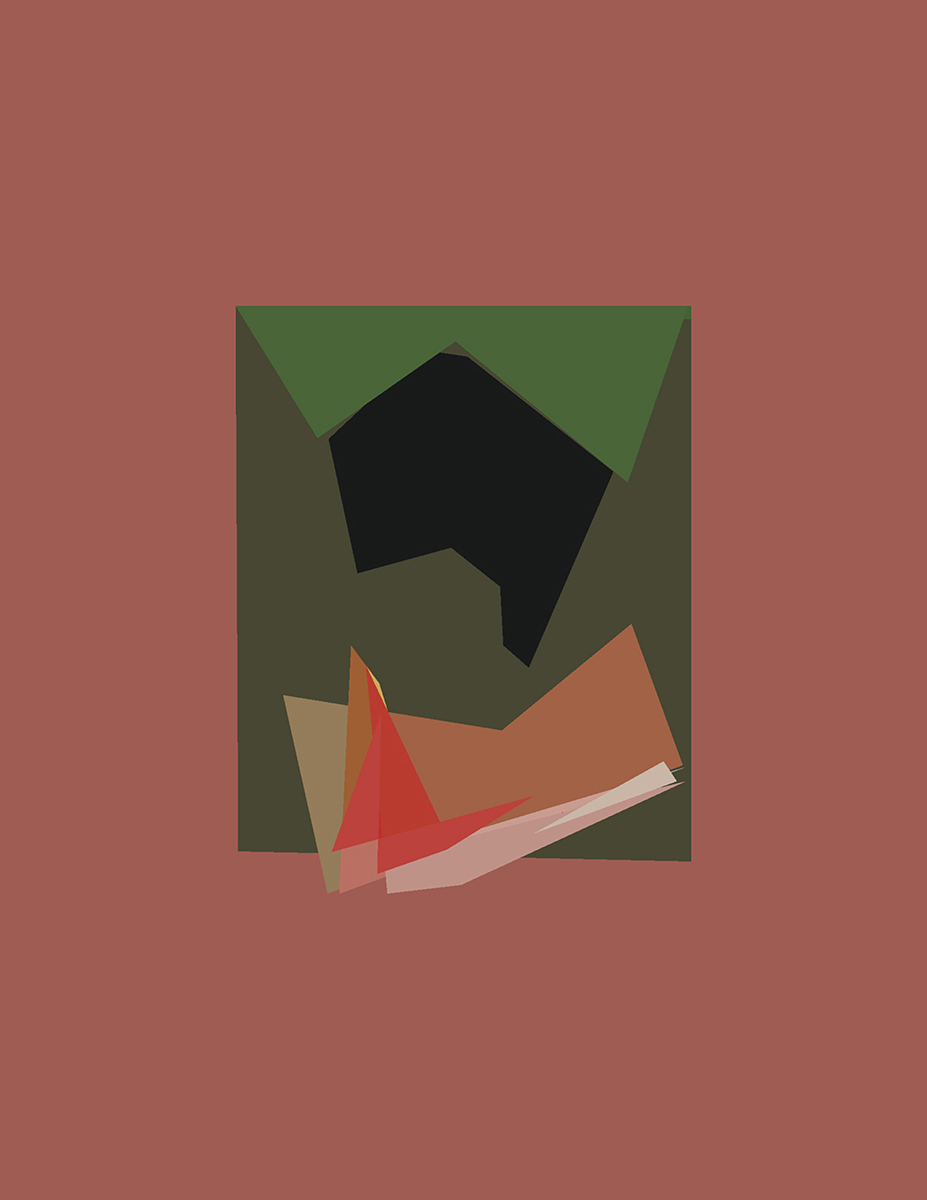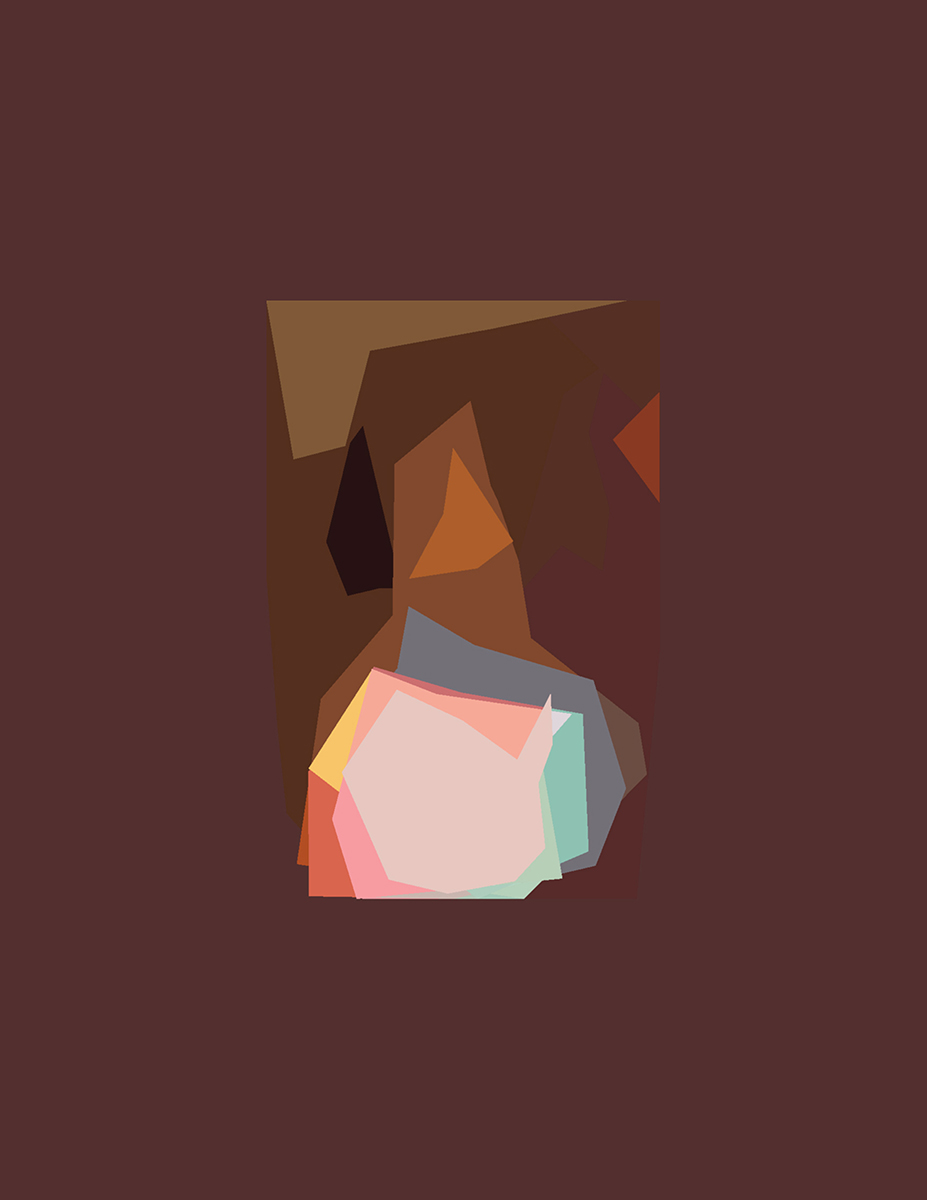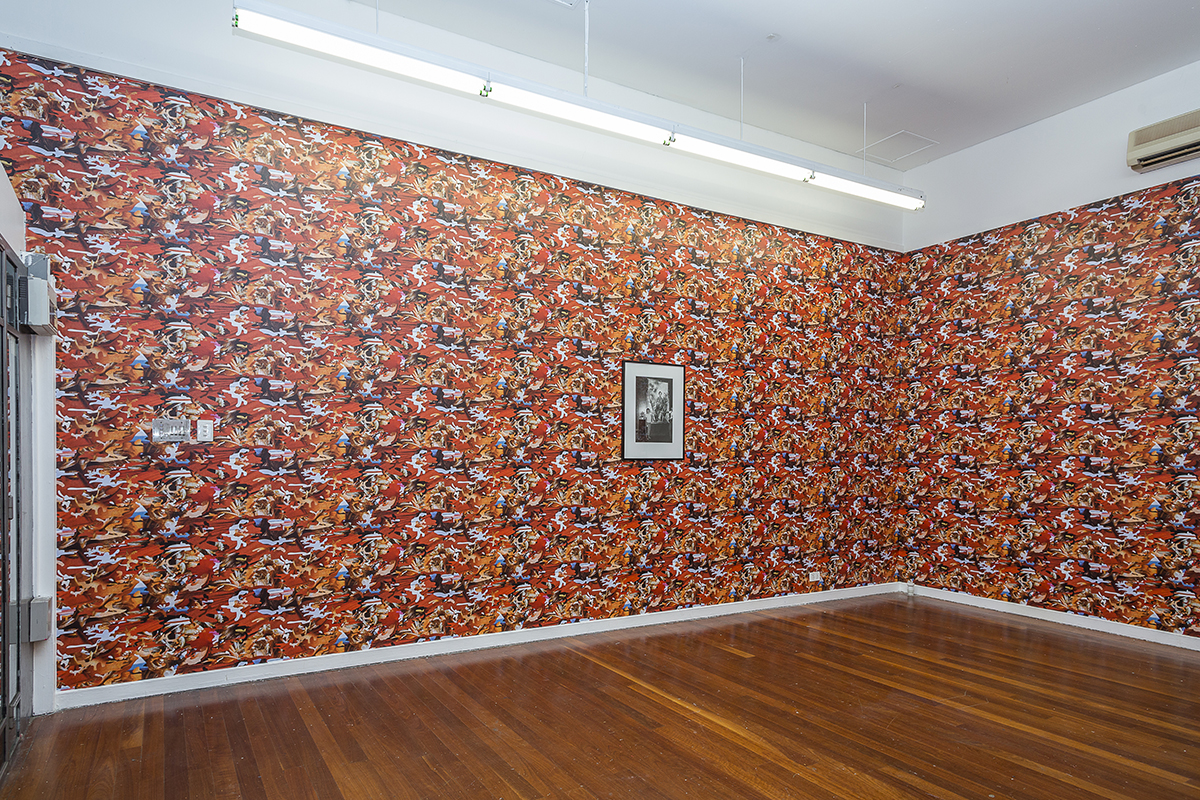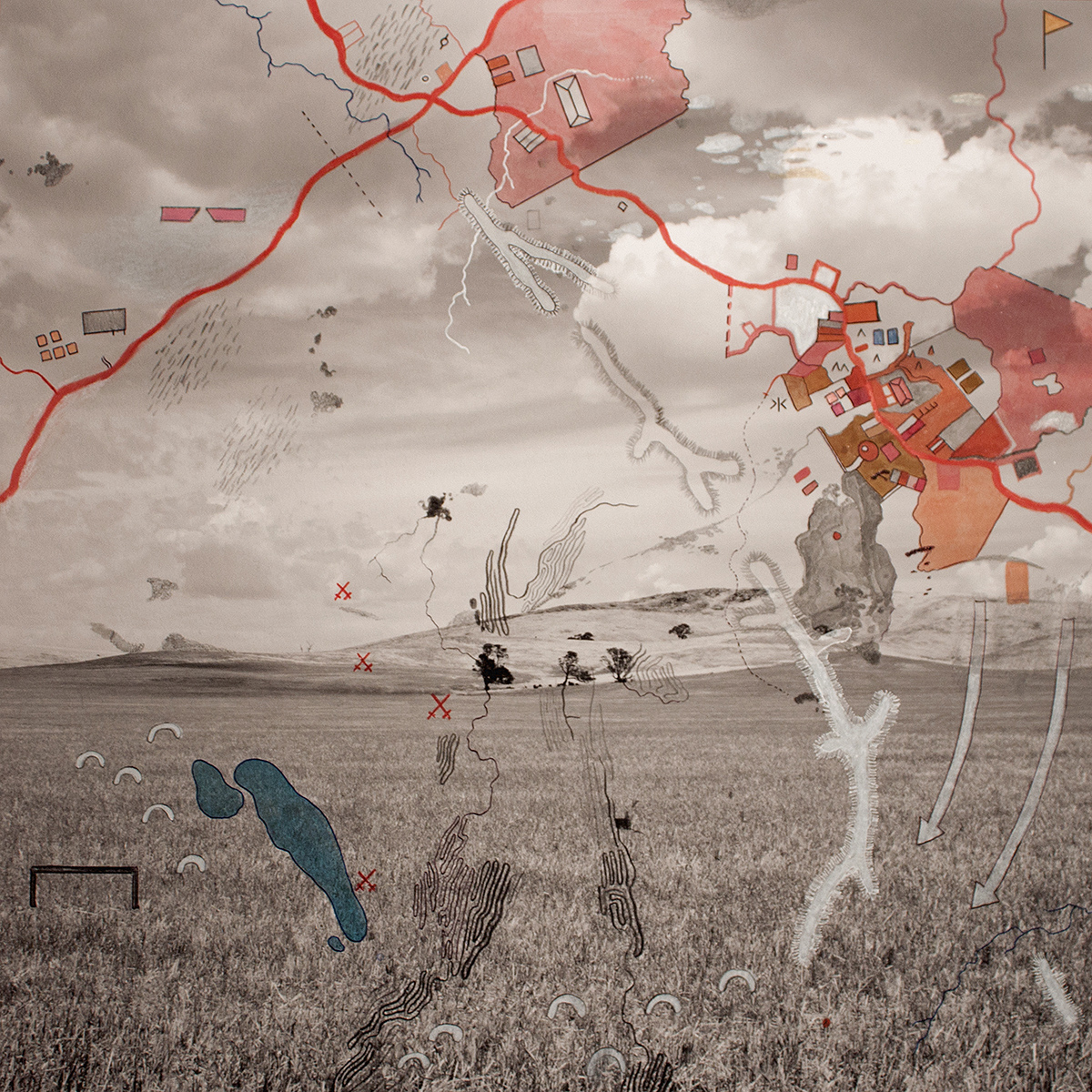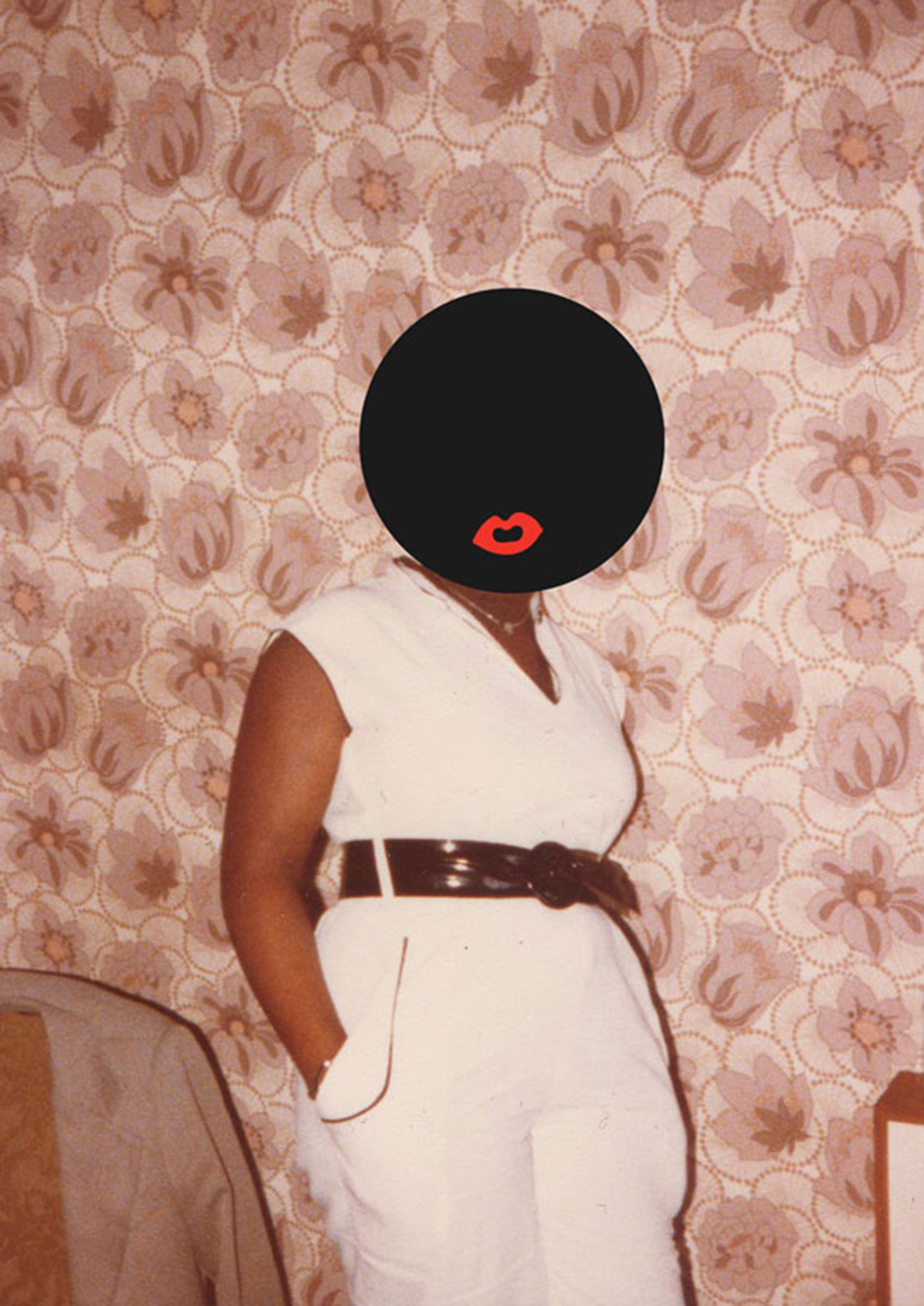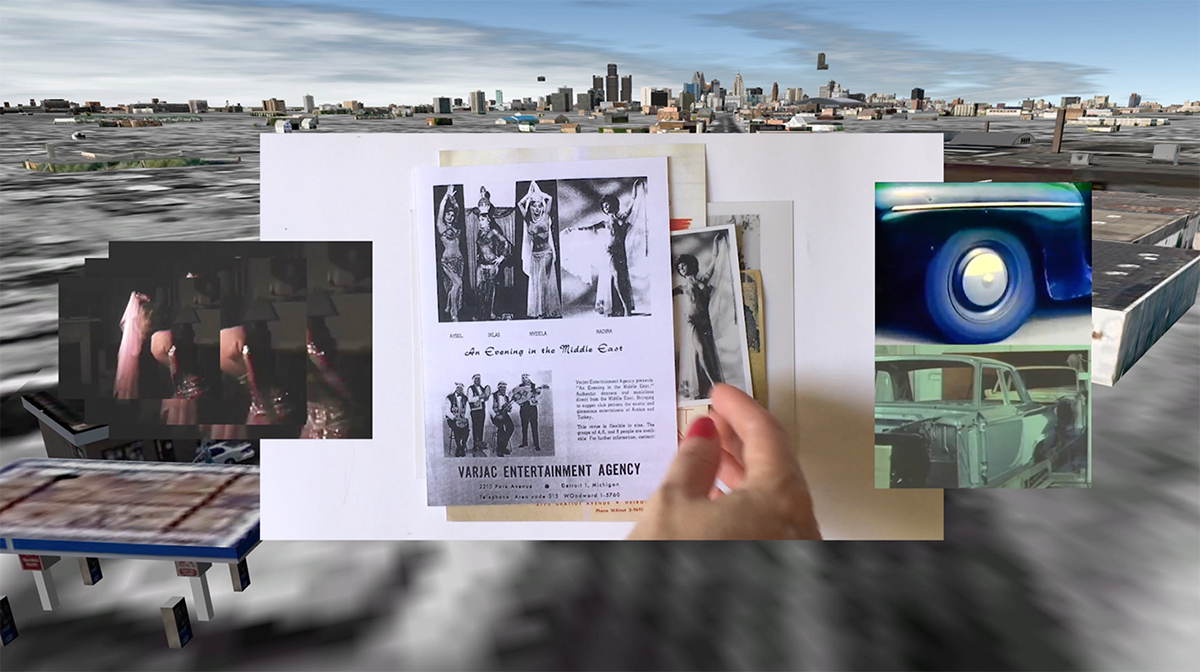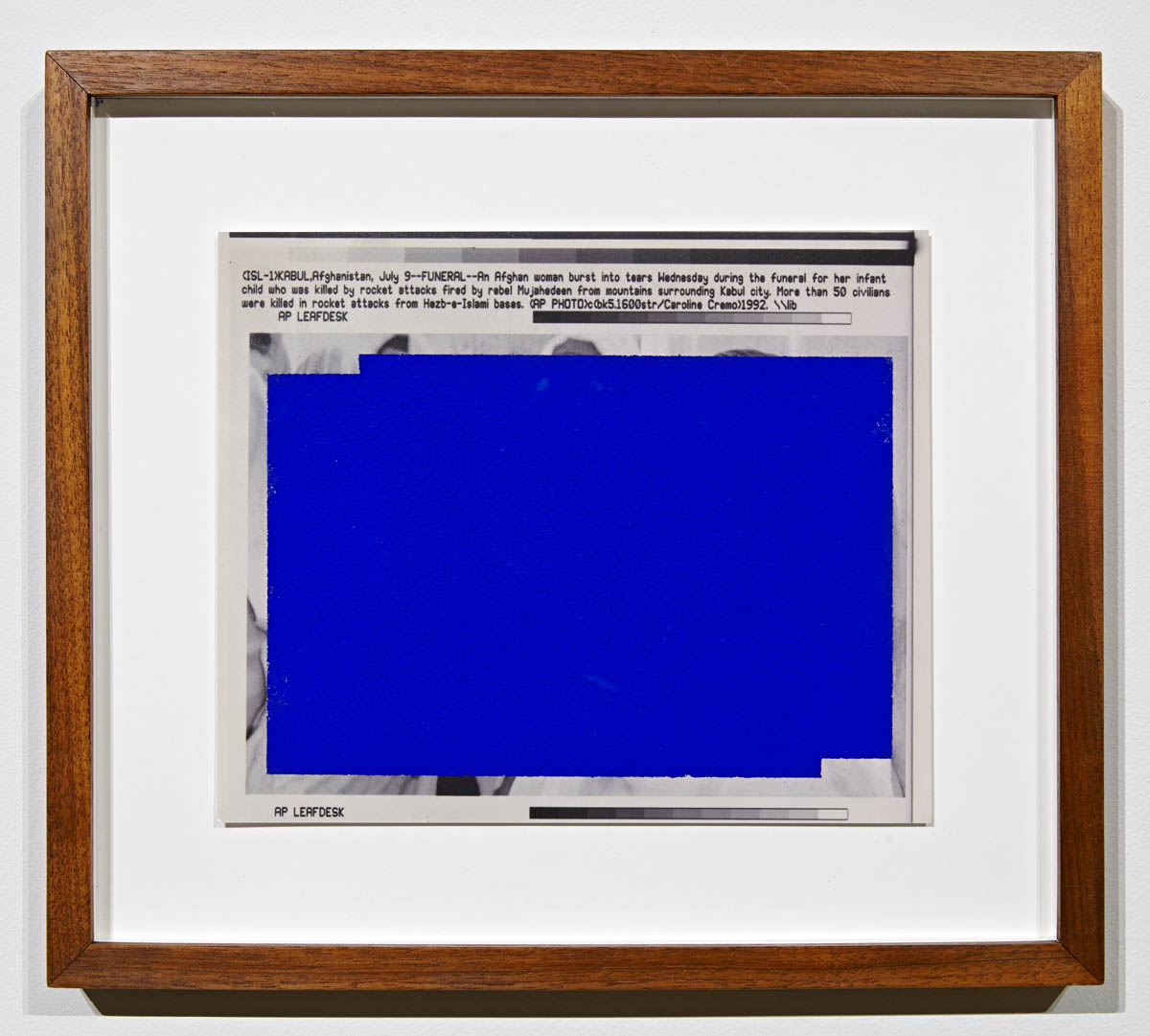This year's edition of Photo 50 is 'Resolution is Not the Point', curated by Hemera Collective. We spoke to the photography collective about their ideas behind the selection.
PW: Can you explain how Hemera Collective was formed and the kind of work and themes you’re interested in?
HC: Hemera Collective has evolved over the past 6 years. Some of us work full time at institutions and others are freelance so as lives, responsibilities, and interests change, so does the way Hemera is formulated. Photography, and its expanded field, is what brings us all together and we have always been interested in the work of people, groups or organisations that is absent or less visible from histories, archives, collections or exhibitions.


PW: Hemera Collective are the first collective to ever curate Photo50. What does that mean to you?
HC: We’re really pleased, it’s been a great experience. And it was important for us that this was reflected within the exhibition, so we hope this is the case.
PW: The exhibition, as part of Photo 50, is called Resolution is Not the Point and includes artist such as Larry Achiampong, David Birkin and Susan Schuppli. Can you talk about the selection process of bringing these artists together and the linking factors?
HC: The exhibition has been curated collectively and, on a practical level, the process involves lots of twists and turns until we reach a point where we find common ground – but we always have different ways of seeing things.
There are a number of factors that run throughout the exhibition – a really important consideration is thinking about form and content as constantly changing or shifting – which is so interesting in terms of the way we think about photography, from a chemical process to a technological one. The way that images shift in meaning in different contexts and through different disciplines, and are reproduced, manipulated and sampled. This is something that all of the artists in this exhibition are dealing with, either practically or conceptually, and often both. Perhaps it is a reflection of the uncertain times in which we live, or a desire to break free of rigid ideas. Several of the artists in this exhibition wouldn’t consider themselves to be strictly photographers, yet their work is brimming with an appreciation and understanding of photography and how it is and has been used throughout our lives.


PW: As you’ve mentioned, a lot of the chosen artists experiment with work outside of the traditional boundaries of photography. What can we expect to see in the show?
HC: Do expect to see works that utilise different forms, materials and technologies. We also hope that you haven’t seen most of the works before. For example, Foundland Collective will be presenting a new iteration of their project The New World: Episode One, previously shown in 2017 at the Centre Pompidou, which narrates the travels of Amer and Sana Khaddaj, musicians from the Levant who migrated to the United States in 1947, through photographs and archival material drawn from the Alixa Naff collection – one of the largest Arab American archives housed at the Smithsonian in Washington DC. The installation includes a map, video and a series of timestacks – comprising layers of printed glass – as a form of recontextualisation that imagines an alternative way of thinking about migration that moves away from the historically-dominant colonial narrative of exploration ‘The New World’.
PW: Considering the themes and nature of the exhibition, where do you think the future of photography is going?
HC: If we knew the answer then our exhibition might be very different but it will be become more and more important that we work together and be supportive of these different forms of photography.
In terms of thinking about nature in terms of how various elements work together collectively or a subject’s inherent mechanics, there are some aspects of the work in the exhibition that go against the grain of photography as a practice based on a single point perspective. The collective Traces of Nitrate and artist David Birkin are working in partnership with established organisations and activists, for example. Traces of Nitrate is comprised of two photographers and a researcher so the aesthetic goes beyond singular authorship. They have produced two versions of the project Trafficking the Earth, a series of prints for exhibition and a free publication that has been made to be distributed to activists in Chile. David Birkin’s Midnight Blue is a new series of cyanotypes printed from negatives taken by Reprieve’s founder Paul Hamann while he was making a film about the use of cyanide gas as an execution method in the US in the 1987. The cyanotypes are a second printing of Hamann’s images and reveal an institutional blueprint – becoming an interrogation of their subject through the material from which they are made. The two projects show both the collective potential of photography as well as its capacity to change ways of seeing.



PW: What’s next for the collective?
HC: The next major milestone is working with Brighton Photo Fringe towards BPF18! We’ve also recently acquired two new members of the collective, so we’re looking to build a new project together that draws on all of our interests and areas of expertise.



For more from our Ideas Series, click here.
For tickets to our talk taking place at London Art Fair 2018, click here.


